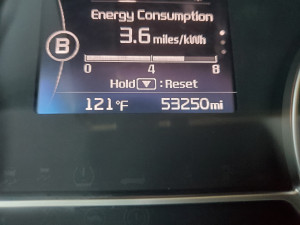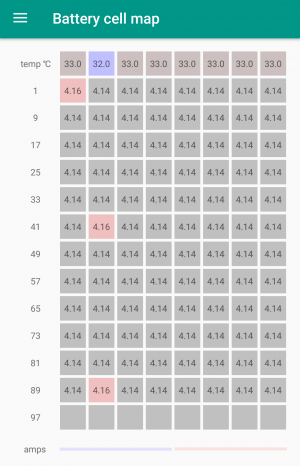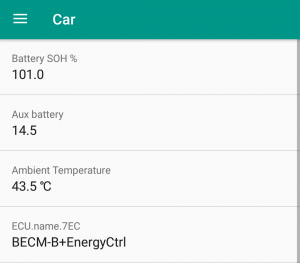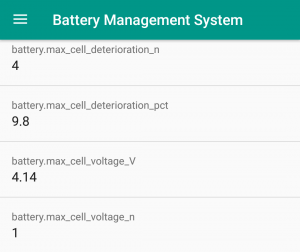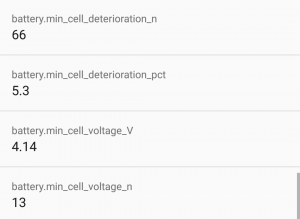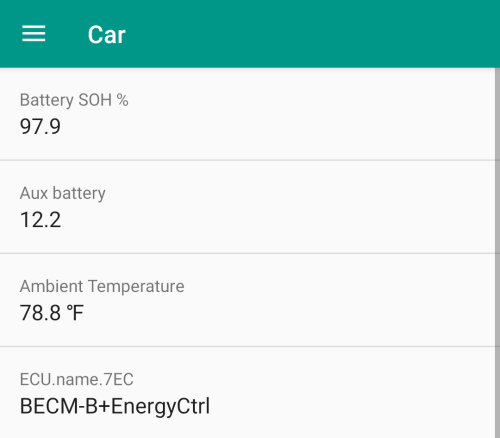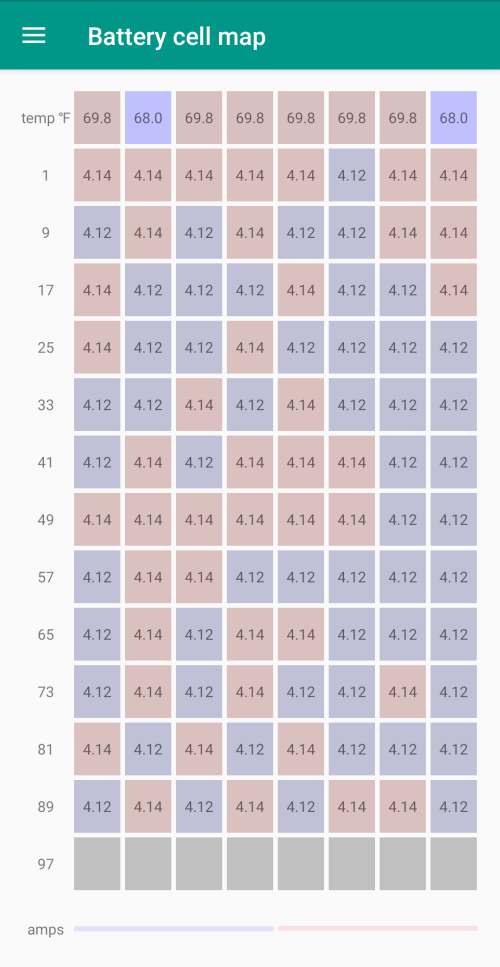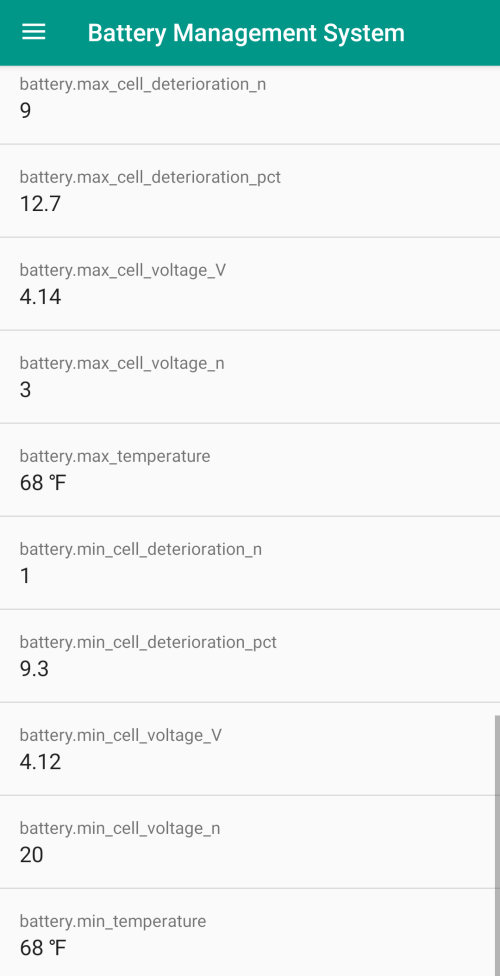tizjep said:tizjep said:I bought a 2015 Kia Soul EV from Carvana last month. It was showing about 56 miles when fully charged. It took about a month to get the logistic setup for transporting it to the nearest certified EV Kia service center (Schamburg, IL). I am scheduled for diagnostics next week... I am hoping that all goes well...
5/21/2020
It has been at the dealership since 5/14/2020. They had a tech look at it and have been waiting for diagnostics from KIA since then... They said that the initial diagnostic showed that my battery has low voltage.
5/23/2020
The dealer called today and told me that my high voltage battery was faulty. They have ordered a replacement and expect to have it installed by the end of next week.




